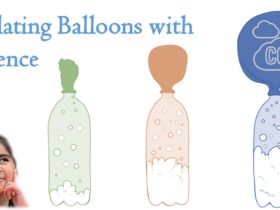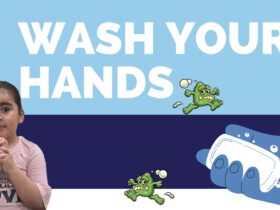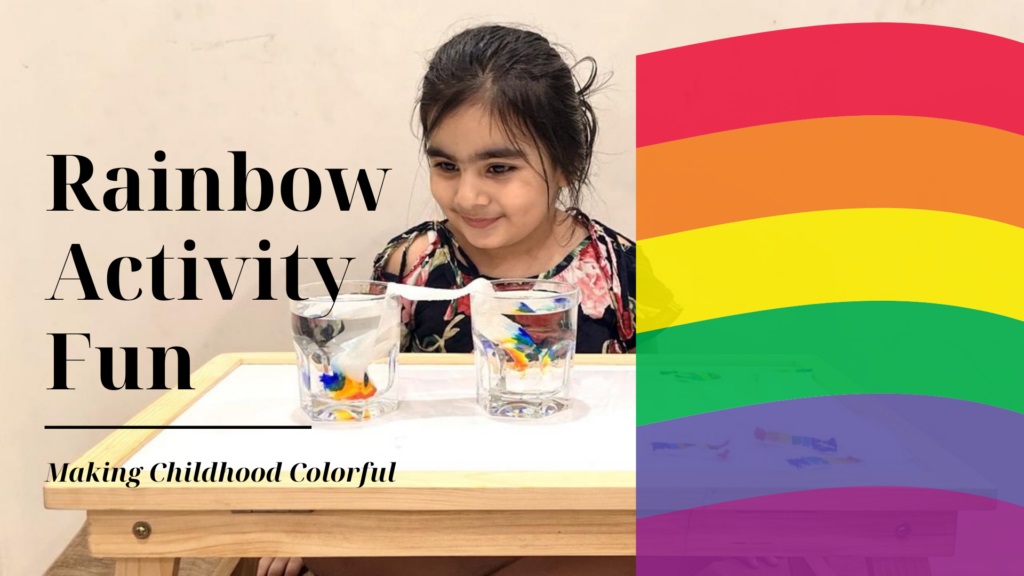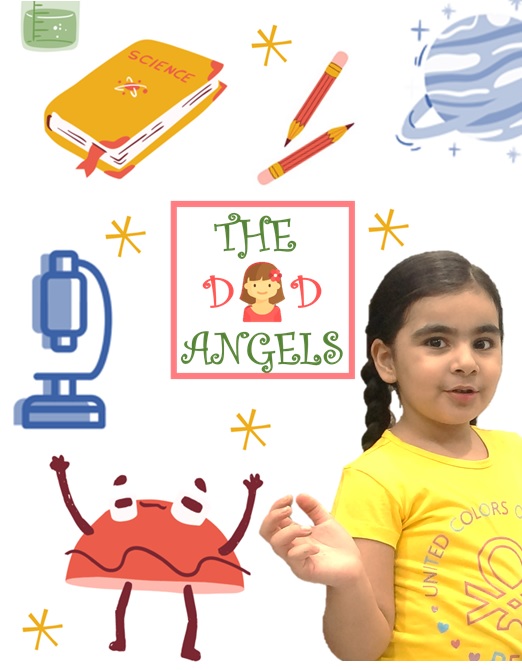Wondering how to do Walking Water Rainbow Experiment for your kids, then you’re at the right place. This is one of the science experiment most liked by the children and involves minimal setup with immediate results. An easier way to educate your child about the capillary action while creating a colourful rainbow for them at home.
Check out the simple step-by-step instructions for this DIY Rainbow Experiment.
Material Required
- Tissue Papers
- Sketch Pens | For Best Results – I would recommend Faber Castell Fibre-Tip Colour Markers Buy Now at Amazon
- 2 Transparent Glasses
- Water
Instructions
- Make 3 folds of the tissue paper in a rectangular shape.
- Colour both the edges of the folded tissue paper (approximate 3-4 cms from both the sides).
- While colouring the sides make sure we colour in VIBGYOR pattern.
- Dip the two coloured side in two different glasses which are half-filled at least with water.
- Wait for a minute and you will see THE MAGIC OF WALKING WATER RAINBOW.
The Science Behind It
The phenomenon is called “Capillary Action” where water travels up the tissue paper. Capillary action is the ability of a liquid to flow upwards, defying the gravity, in narrow spaces without any support.
Do you know how water climbs from plant’s roots to leaves?
The plant has a component called cellulose which forms the surrounding wall of the stems, leaves and branches. The tissue paper also does have cellulose as they’re made of fibres which are being sourced from the trees only. The water is able to defy gravity as it travels upward due to the attractive forces between the water and the cellulose fibres.
In this experiment, the water flowed upwards through the tiny gaps between the cellulose fibres. The gaps in the tissue paper acted like capillary tubes, pulling the water upwards.
The narrower the tube, the higher water would rise in it, due to what we now call capillary action.
Robert Hooke
When water molecules cling to a different substance — in this case, the tissue paper— the process is called adhesion. However, when water molecules cling to each other, the process is called cohesion. Capillary action occurs when adhesion is stronger than cohesion.
So as the water slowly moves up the tiny gaps in the paper towel fibres, the cohesive forces help to draw more water upwards.













